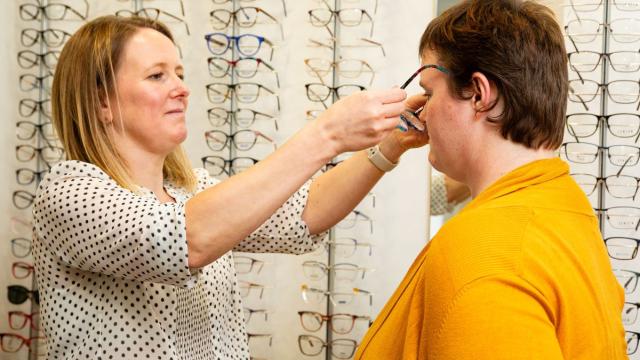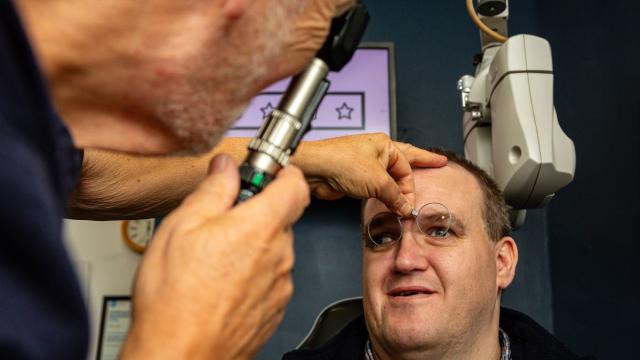Getting new glasses children (easy read)
Easy read fact sheet on getting new glasses for children. Includes sticker templates to put in your glasses case to help you remember what your glasses are for.
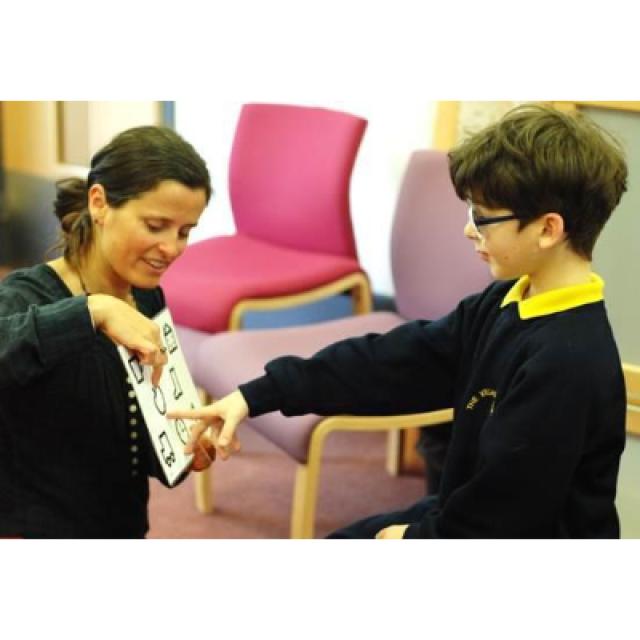
Every child should have an eye test at least every year.

The person who tests your child’s eyes is called an optometrist.
We will call them an optician in this factsheet.
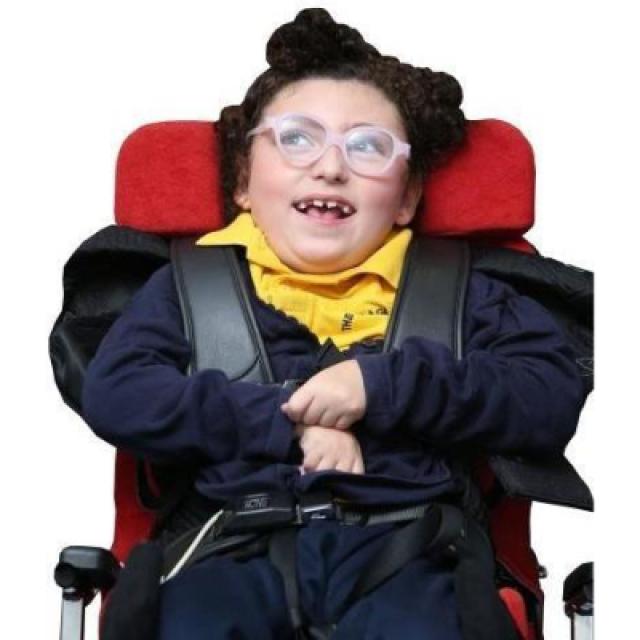
After your child's eye test the optician may say your child will need new glasses.
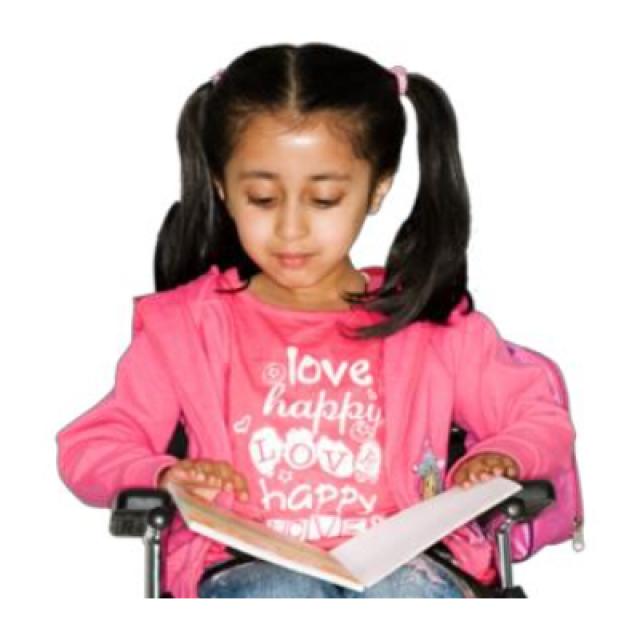
Your child might need glasses to see things close to them:
- Reading and writing

- Eating
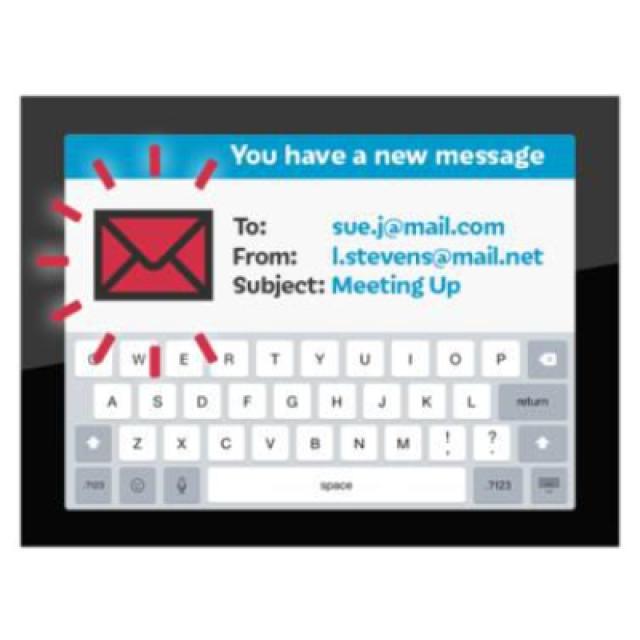
- Using a computer, phone or tablet

Your child might need glasses to see things further away:
- Watching TV
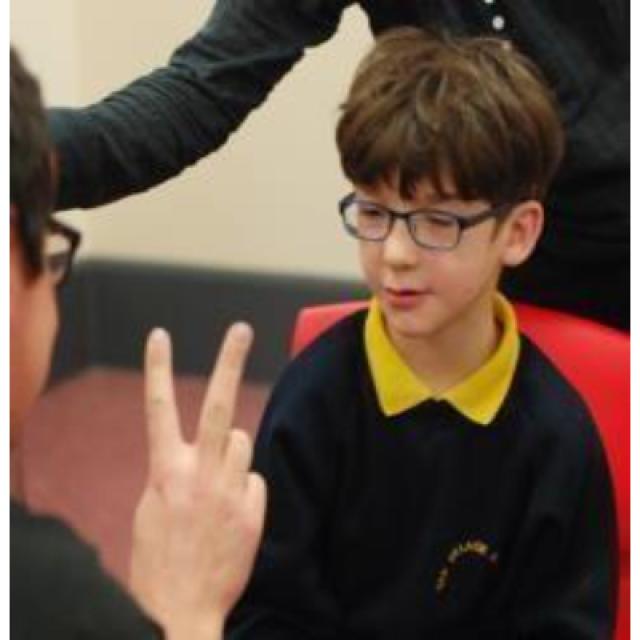
- Watching someone signing
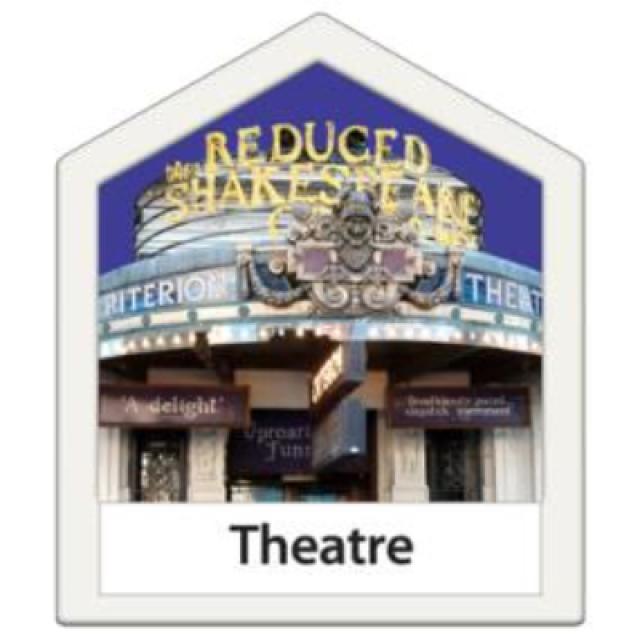
- Going to the cinema or theatre
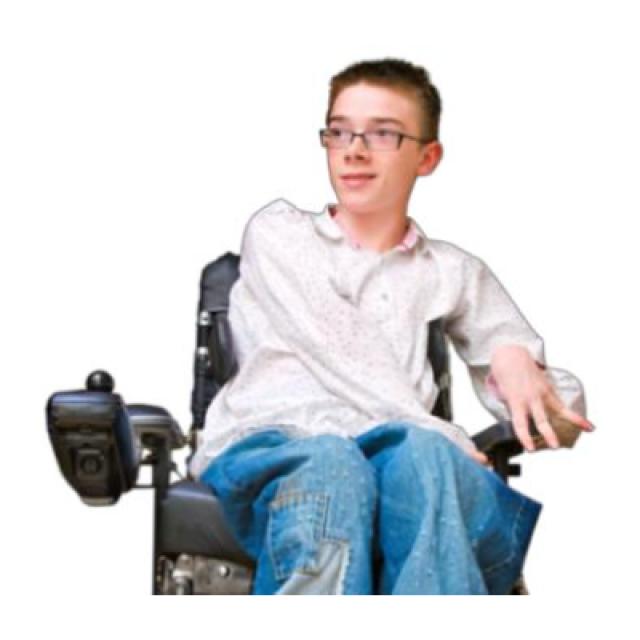
- Moving around safely
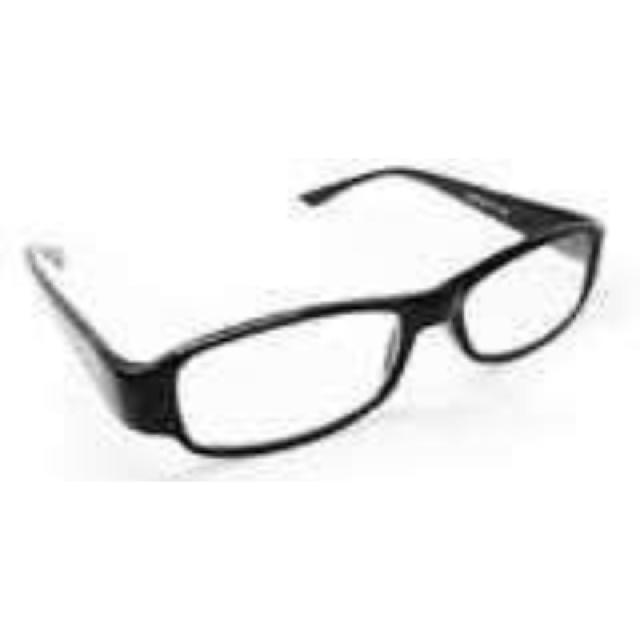
Wearing the right glasses will help children see clearly.
Some children need to wear glasses all the time or just sometimes.
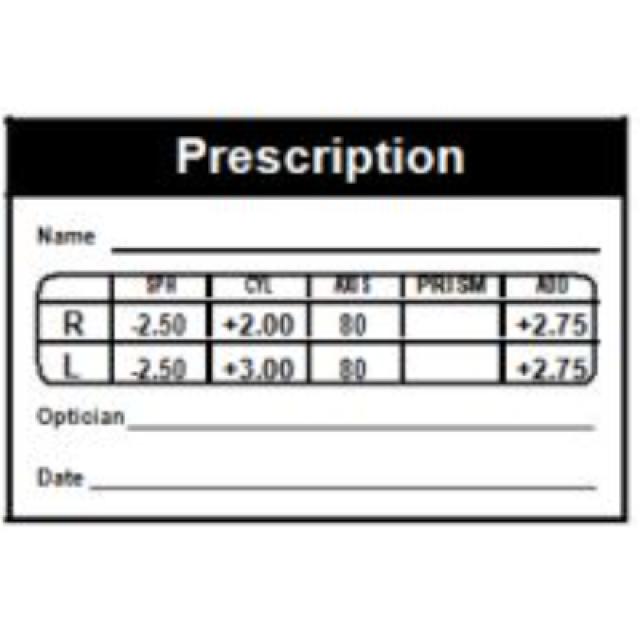
Your child’s optician will tell you why your child needs glasses.
They will give you a prescription which tells you about your child’s eyesight.
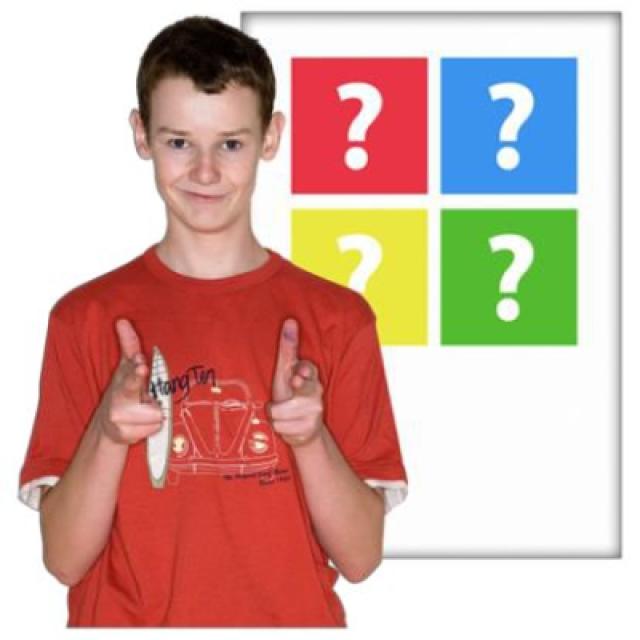
You can go to any optician to choose your child's glasses.
You need to take your child's prescription and voucher with you to the optician.
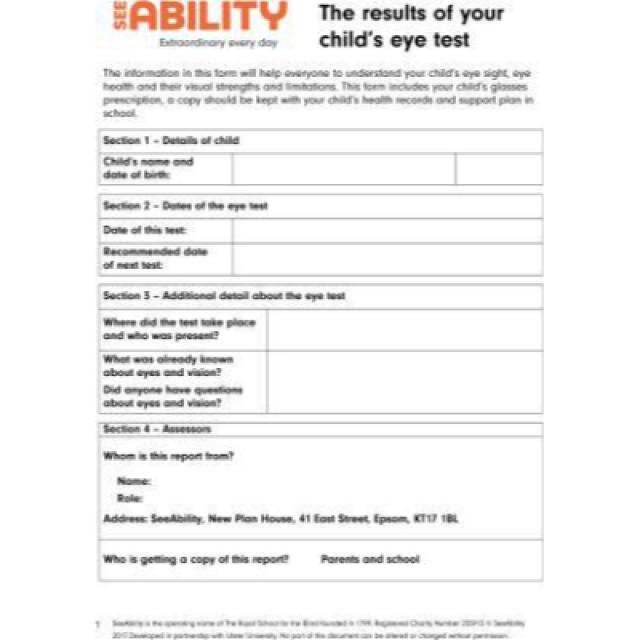
We have a form called – ‘The results of your child’s eye test’.
You can ask the optician to fill this form in.
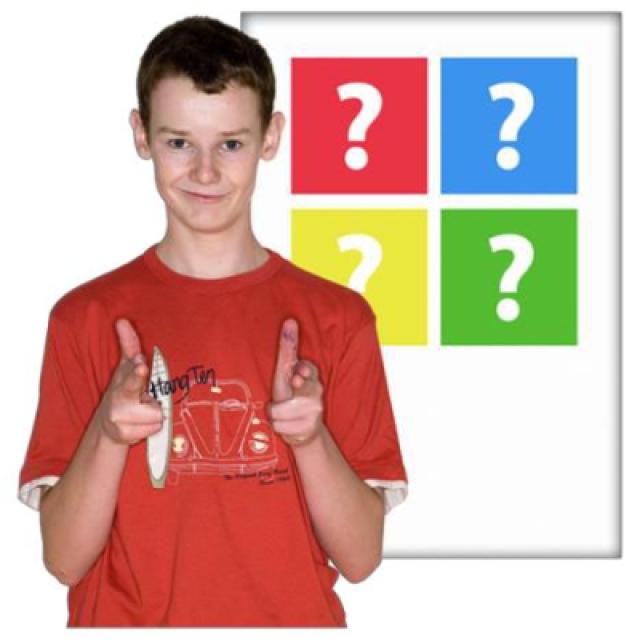
Your child may need 2 pairs of glasses.
Glasses for seeing things close to them, and glasses for seeing things further away.
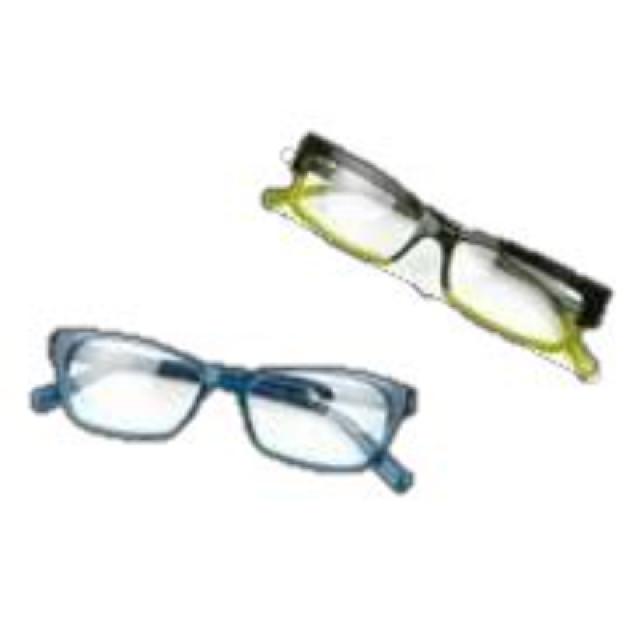
To help you and your child remember which glasses are for which activities:
- Your child could have different colour glasses
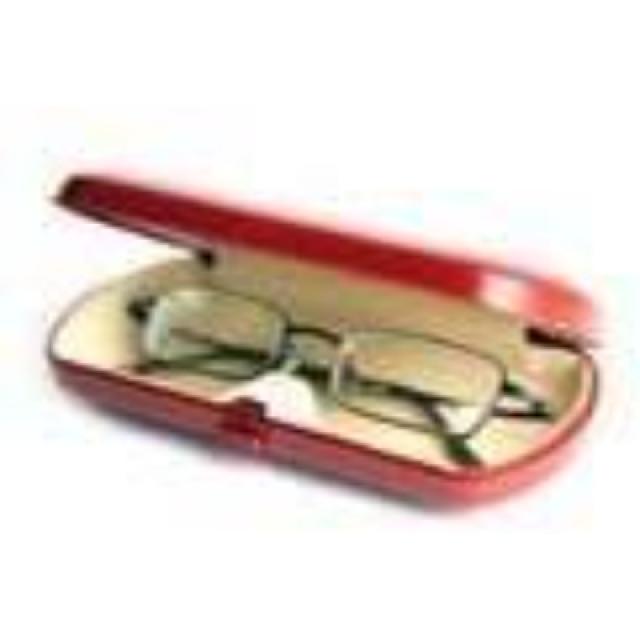
- Your child could have different colour glasses cases
- Your child could use stickers on the case to show what activities they are for
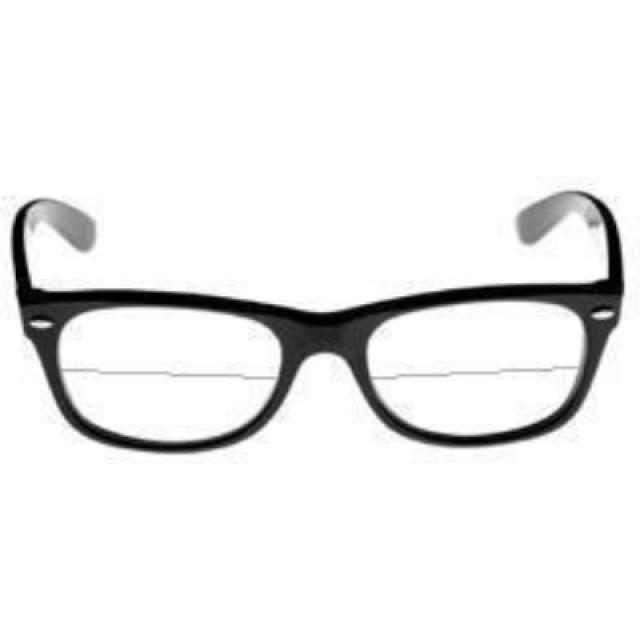
Bifocals or varifocals are glasses that have special lenses.
The lenses will help your child see further away and close to them.
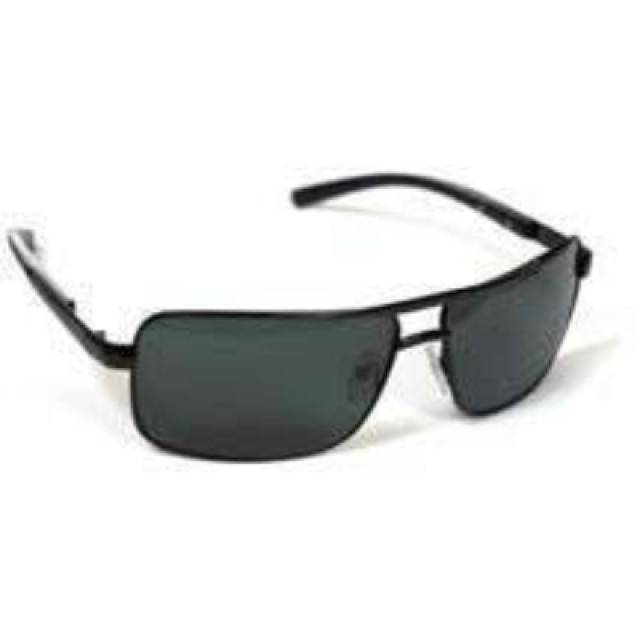
Your child can get glasses that help them see clearly that are also sunglasses.
Some glasses have lenses that go dark when the sun is out.
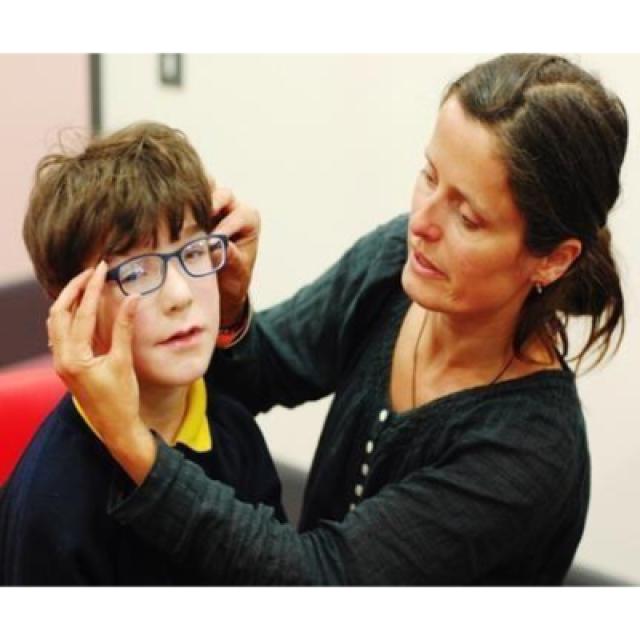
There are lots of frames that are very strong or very thin or flexible.
These frames might fit your child’s face better.
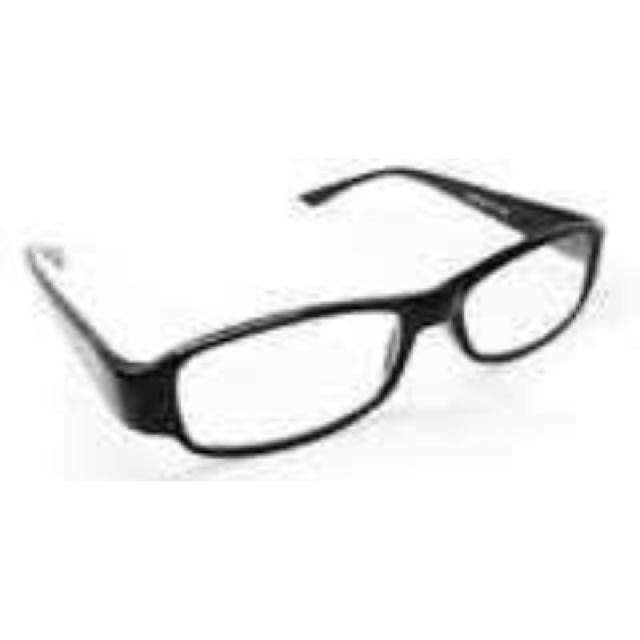
The optician will help you choose the right glasses for your child.
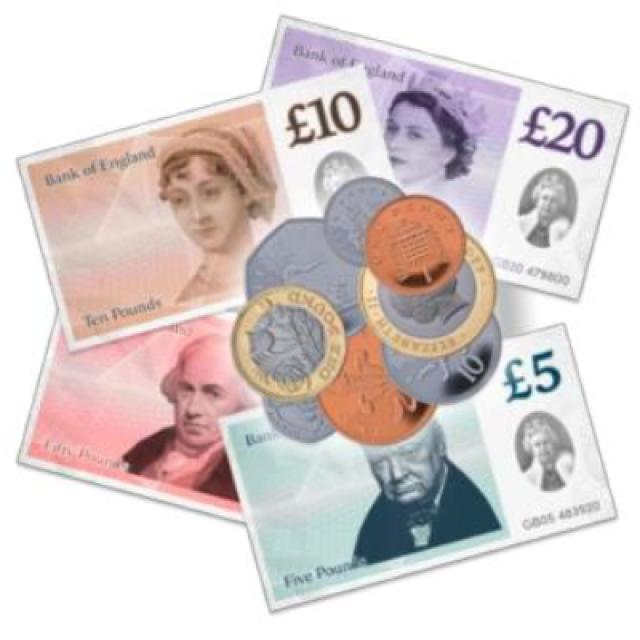
You may need to pay some money for your child's glasses.
Talk to the optician about the cost of your child's glasses.
You will be able to get a voucher that makes your child's glasses cheaper or free.

The optician will make sure the glasses you have chosen fit your child.
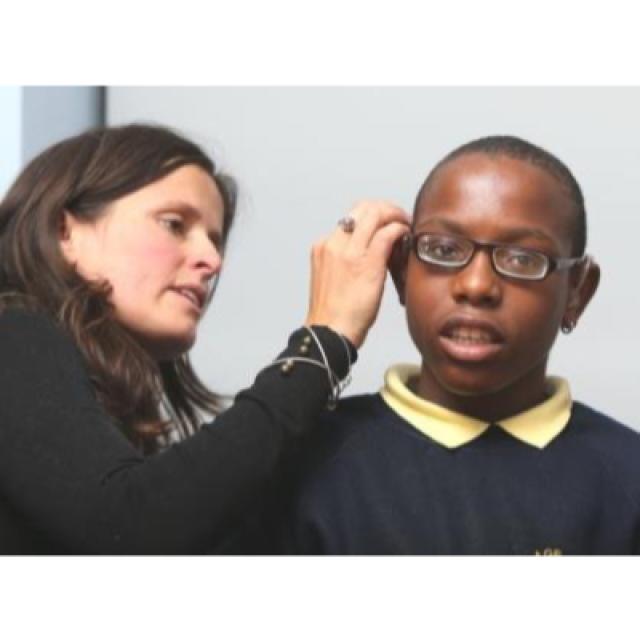
They will measure your child’s face to check the glasses fit well and will be comfortable.
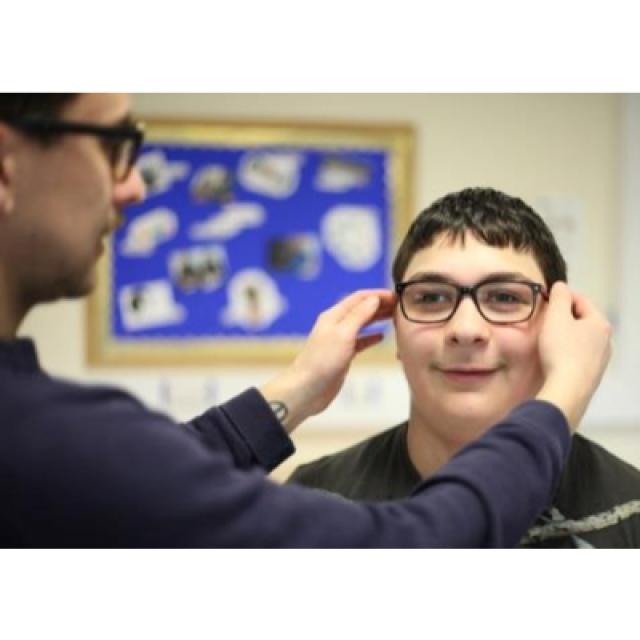
It may take a week or more for them to make your child's new glasses.
After the glasses have been made they will need to be fitted.
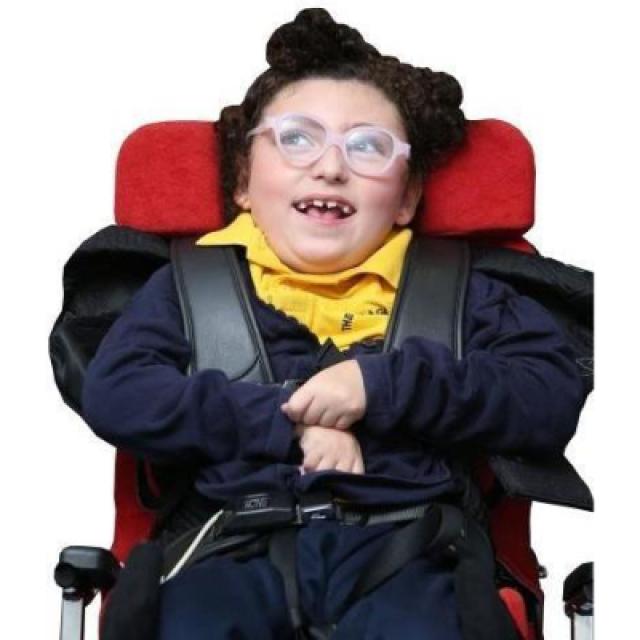
It helps them to see things more clearly.
Tell people who support your child about why they need to wear them.
They need to know what your child wears glasses for.

Write why your child wears glasses in their health action plan or personal records at home and at school.
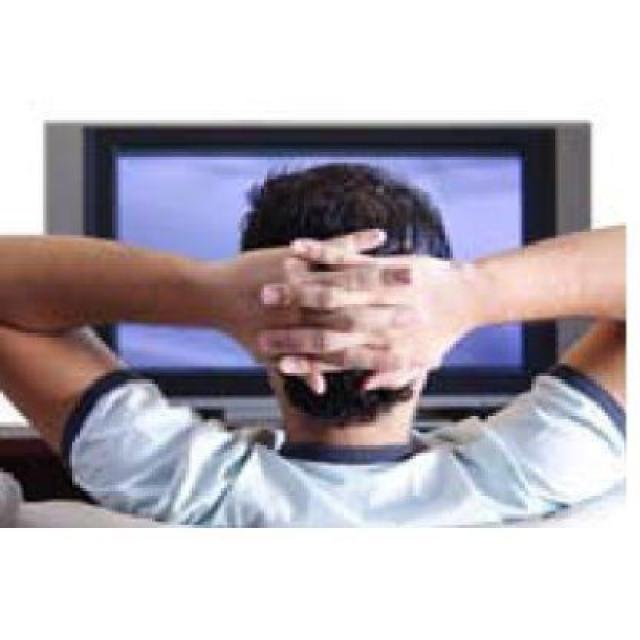
Your child's glasses will help them see things more clearly.
If your child used to sit close to the TV they may want to sit further back now.
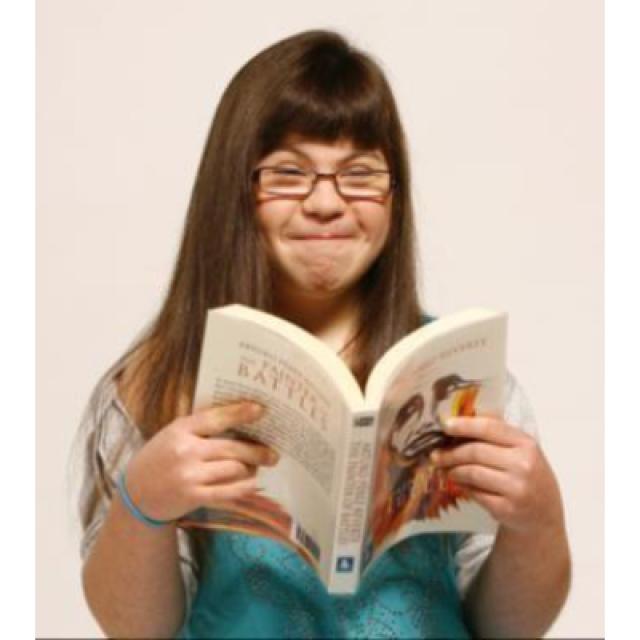
If they used to look at things very closely they may be able to hold things further away now.
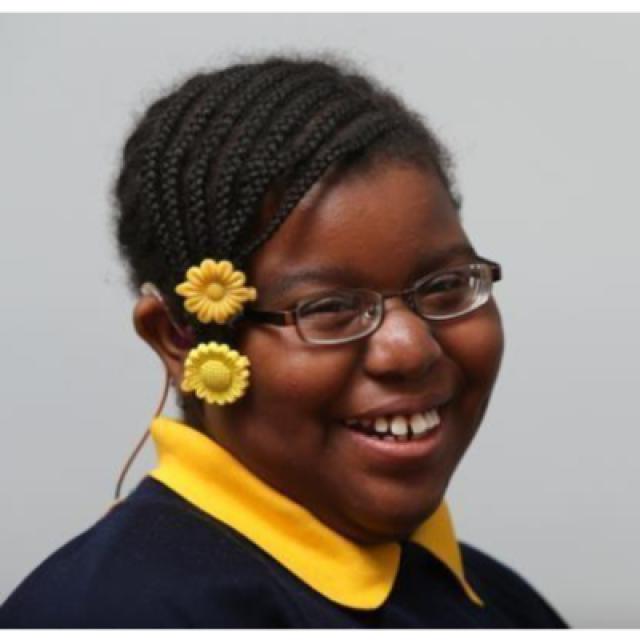
It might take time for your child to get used to wearing their new glasses.
It is important that your child's glasses feel comfortable.
If the glasses do not seem comfortable on your child’s face after wearing them for a while, they can be adjusted by the optician.
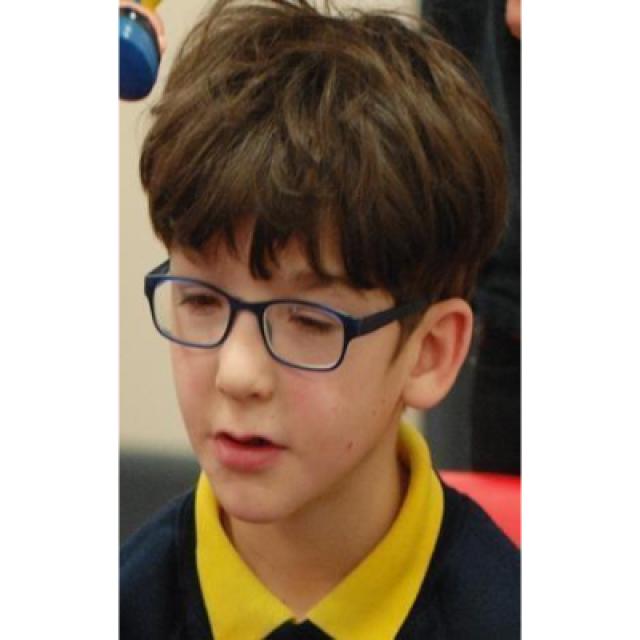
The glasses should rest on your child's nose and fit well over their ears.
This means they can look through the middle of the lens.
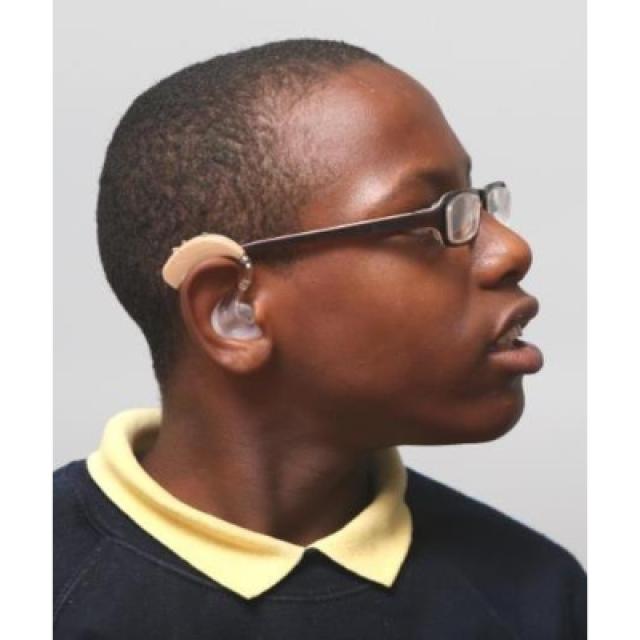
If your child wears a hearing aid their glasses should fit comfortably over their ear and hearing aid.
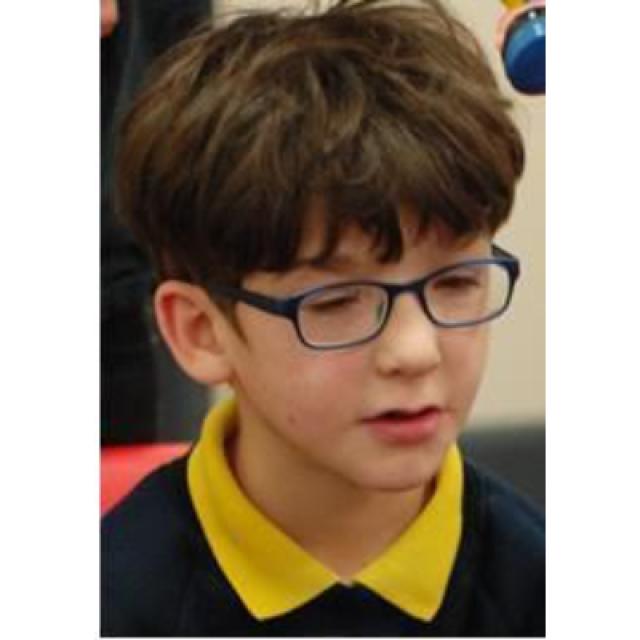
Make sure your child can see through the clear lens of their glasses.
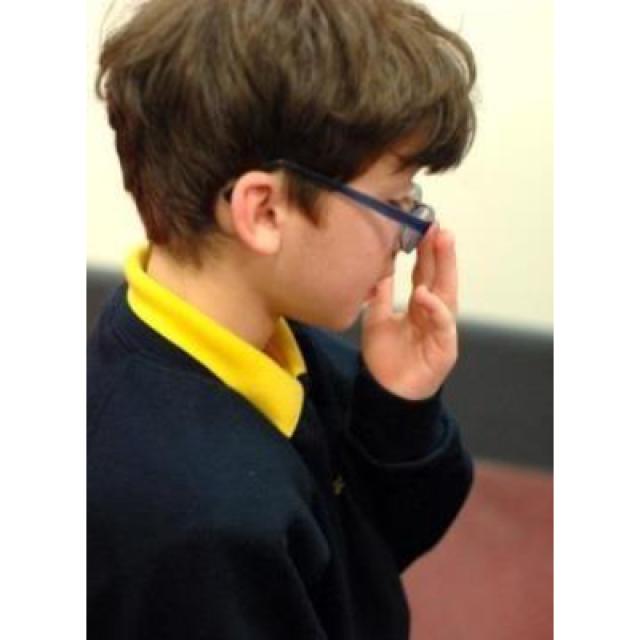
It can be easy to notice when glasses do not fit properly.
It might take your child some time to get used to wearing their new glasses.
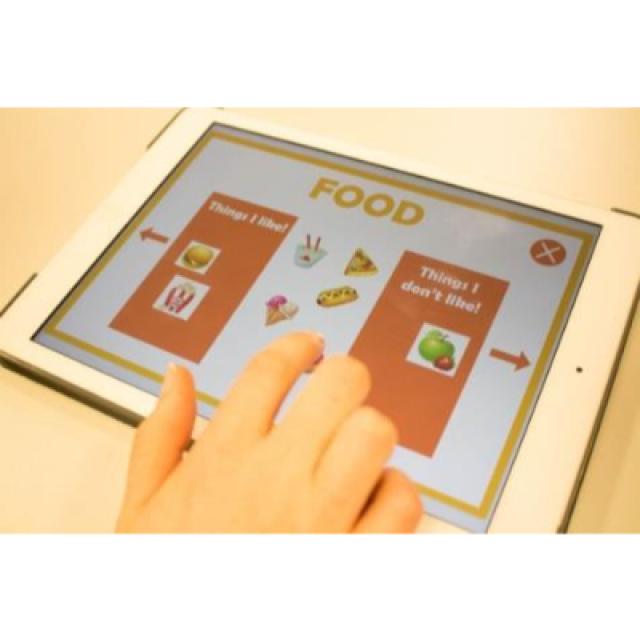
The world might look different too.
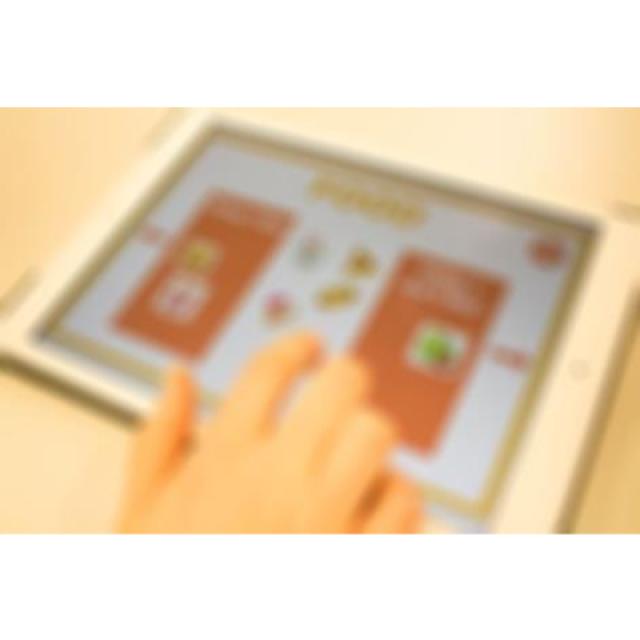
Your child may have got used to things looking blurred or not clear before they got their glasses.
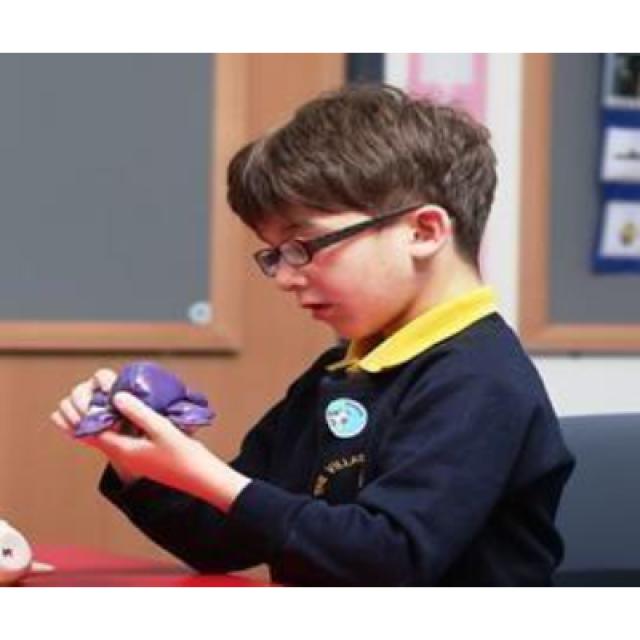
Your child may need to practice wearing their new glasses.
Your child can wear their new glasses when they are doing something they enjoy.
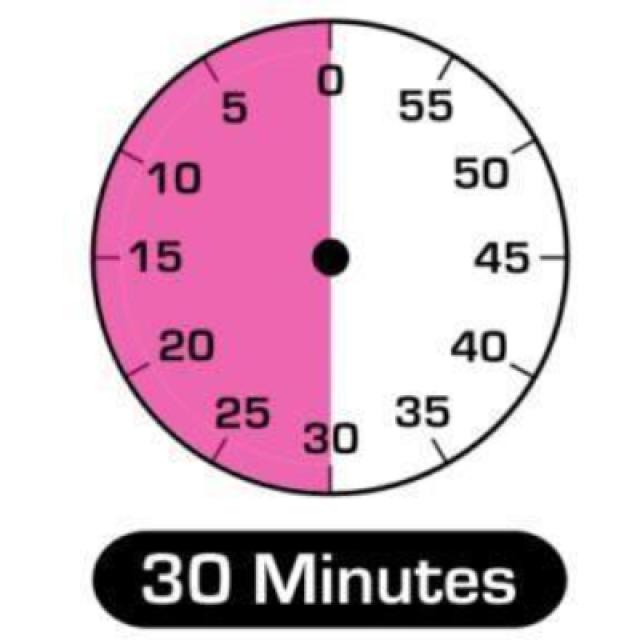
Your child can wear their new glasses for a short amount of time at first.
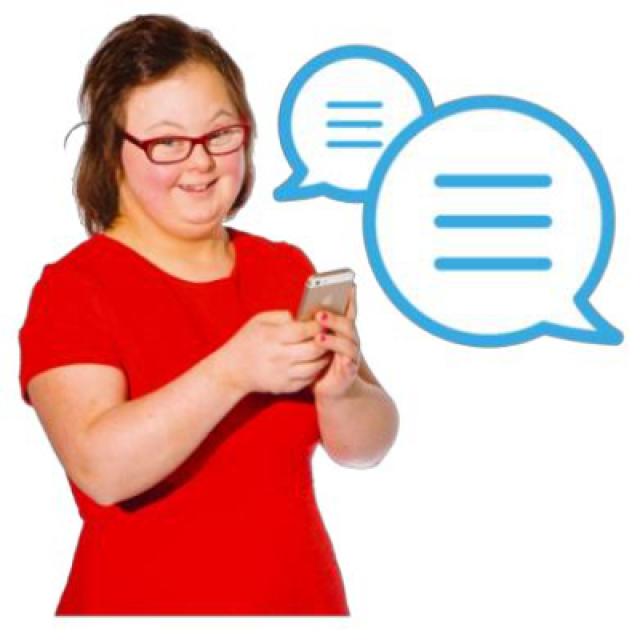
Your child can wear their glasses around the house or garden until they are used to how things look when they are wearing them.
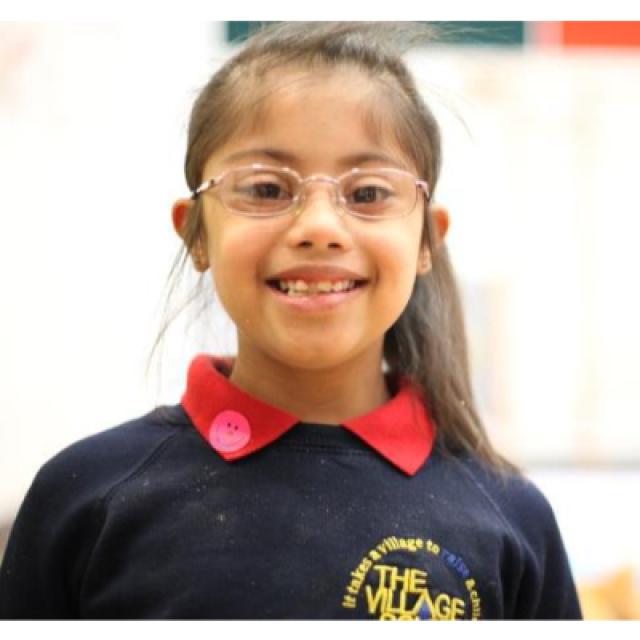
Your child should take their glasses out with them.
They can take their glasses with them when they go out with friends, to school, college, shopping or other places.
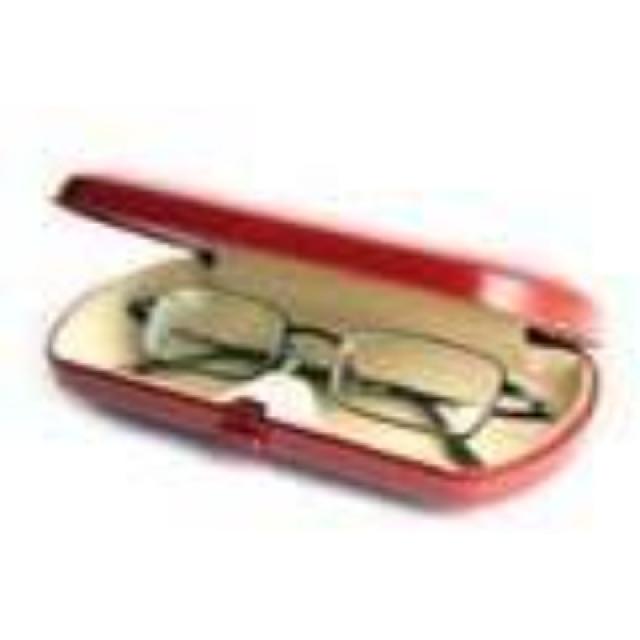
If your child has 2 pairs of glasses, they can carry the second pair in a glasses case in their bag.
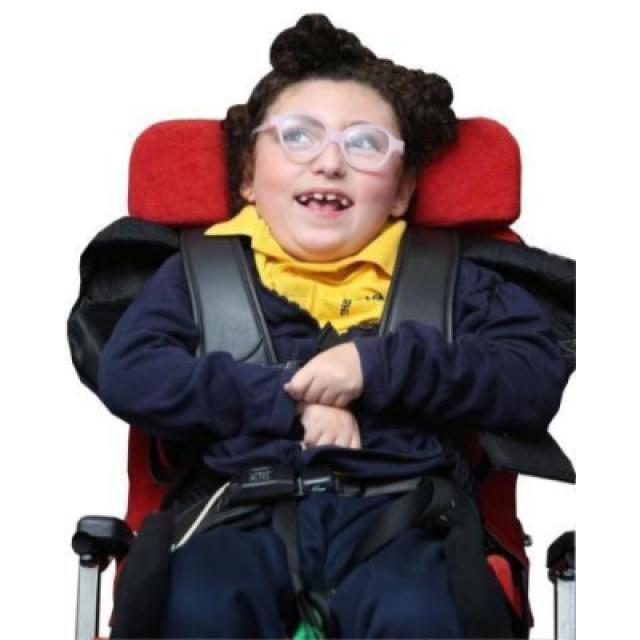
If their wheelchair has a head rest make sure that their glasses are comfortable and do not slip out of place as their head settles against their head rest.

You should make sure that the person who supports your child does not place them facing into bright sun.
This could be very uncomfortable for your child.


